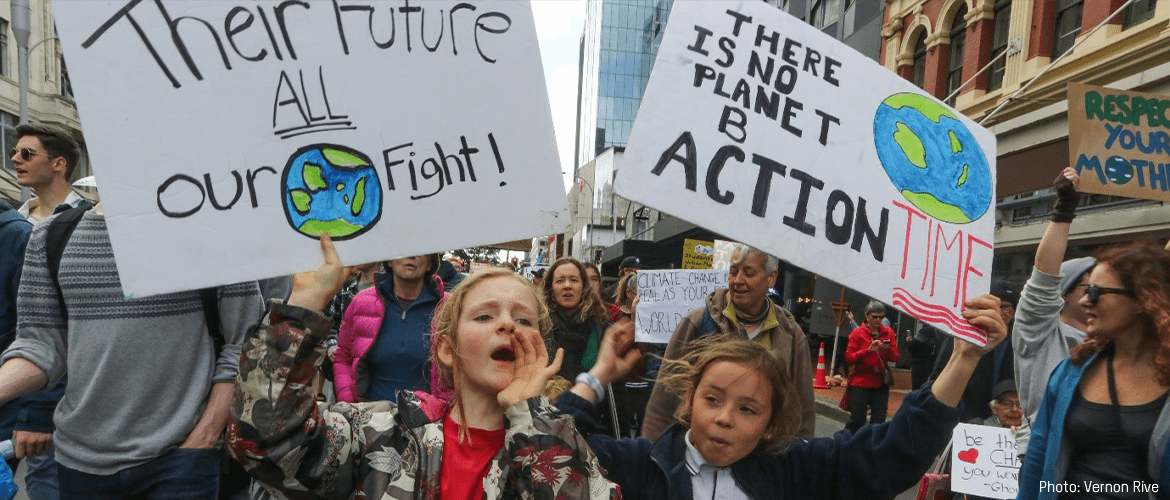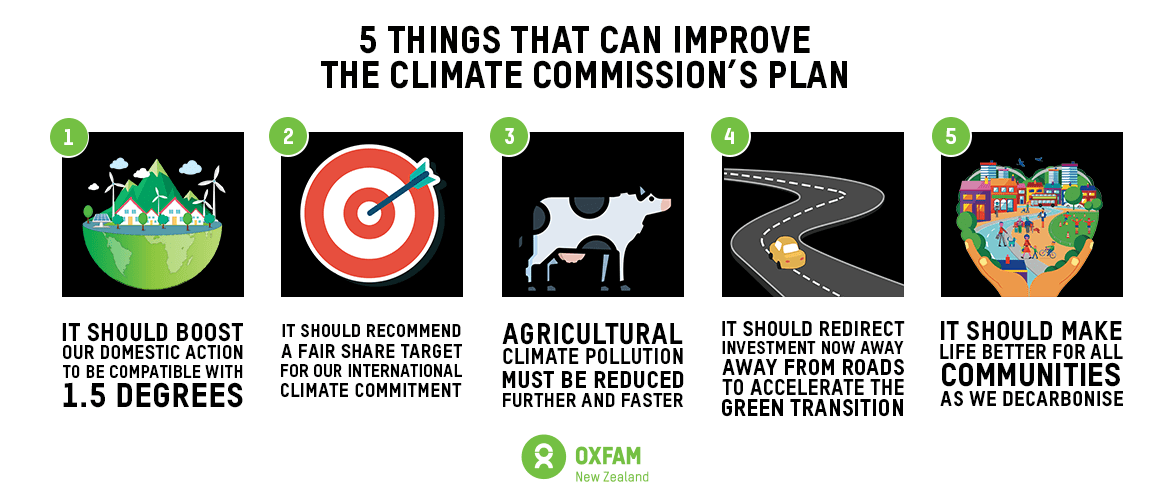11 people are likely dying every minute from hunger, now outpacing COVID-19 fatalities, warns Oxfam.
A new Oxfam report today says that as many as 11 people are likely dying of hunger and malnutrition each minute. This is more than the current global death rate of COVID-19, which is around seven people per minute.
The report, ‘The Hunger Virus Multiplies’ says that conflict remains the primary cause of hunger since the pandemic, pushing over half a million people into famine-like conditions – a six-fold increase since 2020.
Overall, 155 million people around the world are now living in crisis levels of food insecurity or worse – that is 20 million more than last year. Around two out of every three of these people are going hungry primarily because their country is in war and conflict.
The report also describes the massive impact that economic shocks, particularly worsened by the coronavirus pandemic, along with the worsening climate crisis, have had in pushing tens of millions more people into hunger. Mass unemployment and severely disrupted food production have led to a 40 percent surge in global food prices – the highest rise in over a decade.
Oxfam’s Executive Director Gabriela Bucher said:
“Today, unrelenting conflict on top of the COVID-19 economic fallout, and a worsening climate crisis, has pushed more than 520,000 people to the brink of starvation. Instead of battling the pandemic, warring parties fought each other, too often landing the last blow to millions already battered by weather disasters and economic shocks.”
Despite the pandemic, global military spending rose by $51 billion – enough to cover six and a half times what the UN says it needs to stop people going hungry. Meanwhile, conflict and violence have led to the highest ever number of internal displacements, forcing 48 million people to flee their homes at the end of 2020.
“Starvation continues to be used as a weapon of war, depriving civilians of food and water and impeding humanitarian relief. People can’t live safely, or find food, when their markets are being bombed and crops and livestock destroyed.”
Bahjah, a mother of eight from Hajjah governorate in Yemen, who had to flee multiple times, told Oxfam: “My husband is very old to work, and I am sick. We had no choice but to send our children to ask people for food or collect leftovers from restaurants. Even the food they managed to collect was not enough.”
Bucher said: “The pandemic has also laid bare the deep inequality in our world. The wealth of the 10 richest people – nine of whom are men – increased by $413 billion last year. This is 11 times more than what the UN says is needed for its entire global humanitarian assistance.”
Some of the world’s worst hunger hotspots, including Afghanistan, Ethiopia, South Sudan, Syria, and Yemen continue to be battered by conflict, and have witnessed a surge in extreme levels of hunger since last year.
More than 350,000 people in Ethiopia’s Tigray region are experiencing famine-like conditions according to recent IPC analysis – the largest number recorded since Somalia in 2011, when a quarter million Somalis died. More than half the population of Yemen are expected to face crisis levels of food insecurity or worse this year.
Hunger has also intensified in emerging epicentres of hunger ―middle income countries such as India, South Africa, and Brazil― which also saw some of the sharpest rises in COVID-19 infections.
Some examples of the report hunger hotspots include:
- Brazil: Measures to curb the spread of virus forced small businesses to close and over half the working Brazilians to lose their jobs. Extreme poverty nearly tripled, from 4.5% to 12.8%, and almost 20 million were pushed to hunger. The federal government secured support only to 38 million vulnerable families, leaving millions without a minimum income.
- India: Spiralling COVID-19 infections devastated public health as well as income, particularly for migrant workers and farmers, who were forced to leave their crops in the field to rot. Over 70% of people surveyed in 12 states have downgraded their diet because they could not afford to pay for food. School closures have also deprived 120 million children of their main meal.
- Yemen: Blockades, conflict and a fuel crisis have caused staple food prices to more than double since 2016. Humanitarian aid was slashed by half, curtailing humanitarian agencies’ response and cutting food assistance for 5 million people. The number of people experiencing famine-like conditions are expected to almost triple to 47,000 by July 2021.
- Sahel: Countries most torn by conflict, such as Burkina Faso, saw more than a 200 percent rise in hunger between 2019 and 2020 – from 687,000 to 2.1 million people. Worsening violence in central Sahel and the Lake Chad Basin forced 5.3 million people to flee and fuelled food inflation to a five-year high. The climate crisis worsened the situation: floods have increased by 180% since 2015, devastating crops and hitting the incomes of 1.7 million people.
- South Sudan: Ten years since its independence, over 100,000 people are now facing famine-like conditions. Continued violence and flooding disrupted agriculture in the past year and forced2 million people to flee their homes. Less than 20% of the $1.68 billion UN Humanitarian appeal for South Sudan has so far been funded.
Mulu Gebre, 26, who had to flee her hometown in Tigray, Ethiopia while 9 months pregnant, told Oxfam: “I came to Mekele because I heard that food and milk were offered for infants. When I arrived here, I couldn’t find food even for myself. I need food especially for my child, who is now only four months –and already born underweight.”
Bucher added: “Informal workers, women, displaced people and other marginalised groups are hit hardest by conflict and hunger. Women and girls are especially affected, too often eating last and eating least. They face impossible choices, like having to choose between traveling to the market and risking getting physically or sexually assaulted, or watching their families go hungry.”
“Governments must stop conflict from continuing to fuel catastrophic hunger and instead ensure aid agencies reach those in need. Donor governments must immediately and fully fund the UN’s humanitarian appeal to help save lives now. Security Council members must also hold to account all those who use hunger as a weapon of war.”
“To prevent unnecessary deaths and millions more people being pushed to extreme poverty and hunger, governments must stop this deadly disease; a People’s Vaccine has never been more urgent. They must simultaneously build fairer and more sustainable food systems and support social protection programs.”
Since the pandemic began, Oxfam has reached nearly 15 million of the world’s most vulnerable people with food, cash assistance and clean water, as well as with projects to support farmers. We work together with more than 694 partners across 68 countries.
Oxfam aims to reach millions of people over the coming months and is urgently seeking funding to support its programmes across the world.
Notes to the editor
- Download ‘The Hunger Virus Multiplies: How the coronavirus is fuelling hunger in a hungry world’.
- The global observed daily mortality rate for COVID-19 reached nearly 9,967 deaths per day for the week ending 14 June 2021, which is equivalent to 7 deaths per minute according to data from Johns Hopkins University and Oxford University “Our World in Data” database.
- Except for Madagascar, all countries facing famine-like conditions are torn by conflict. Most countries facing IPC Phase 4 (including Afghanistan, Burkina Faso, Syria and Nigeria) are also hit by conflict.
- 20 out of the 25 countries mentioned in this report were impacted by the collective three drivers of hunger, covid, conflict and climate.
- India diet data is based on a survey conducted by the Center for Sustainable Employment at Azim Premji University on 4,879 people across 12 states during April and May 2020.
- Hunger figures in the West African Sahel countries are based on Cadre Harmonise’ IPC3+ records for Jun-Aug 2019 compared to the same period in 2020.
- According to Internal Displacement Monitoring Centre (IDMC) 2020 Global Report, 48 million people were living in internal displacement as a result of conflict and violence in 59 countries and territories as of 31 December 2020. This figure is the highest ever recorded.
- Stories, pictures, and video highlighting the impact of conflict, Covid-19 and climate on hunger across the globe are available on request.
Contact information
David Bull | 0274 179 724







